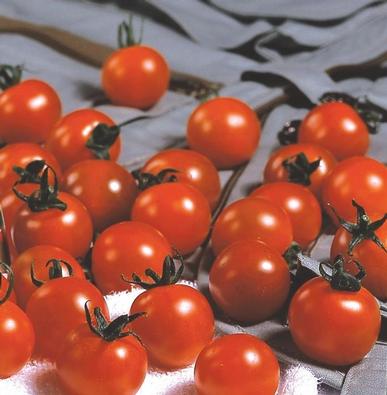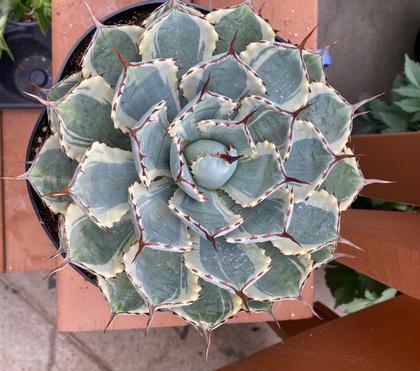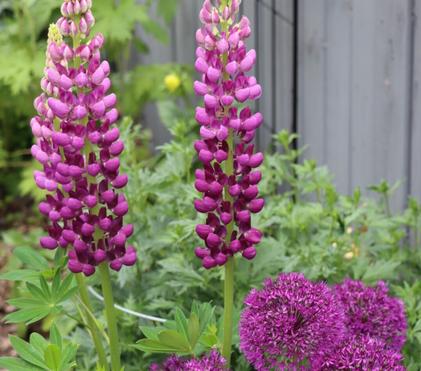Blossom End Rot
Blossom End Rot is a common challenge for many gardeners and one I’ve heard many frustrations about over the years. Those frustrations tend to come around this time of year, with the first tomatoes of the season when they are approximately half of their full size.

Healthy Sweet Million Cherry Tomatoes
Blossom End Rot causes dark, sunken patches on the base of fruit, making them inedible. Most frequently it is caused by dry soil conditions, leading to calcium deficiency. Water plants regularly, and remove infected fruit to ensure all is not lost.
Although it is a common problem, the upside is that it is not a disease that lives in the soil like blight, so it is possible to save the remaining tomatoes. This problem can happen especially on the first tomatoes of the season or after an extremely dry period in the summer. It tends to happen more often on plants grown in containers, as the soil is more susceptible to fluctuations in moisture. Less frequently it appears on peppers and eggplant.
It first shows as small, depressed, water- soaked spots on the blossom end (or bottom) of the tomato. The affected tissue breaks down rapidly and the area becomes sunken, dark brown or black, and leathery.
Blossom-end rot is caused by insufficient calcium in the tissue of the tomato. Actively growing parts of the plant, such as developing tomatoes, must have a continuous supply of calcium to prevent these spots from developing.
Root damage can also lead to decreased moisture intake. Cultivating too close to plants or burning them with fertilizer can reduce nutrient and water uptake through the roots. Waterlogged soils also interfere with the root’s ability to take up nutrients.
Preventing blossom-end rot
- Grow tomatoes in well-drained soil high in organic matter with a soil pH between 6.5 and 7.5. I highly recommend testing your soil at the beginning of the season because success in the garden starts with the soil. See Growing Tomatoes.
- Always rotate where you place your tomato plants annually, to improve soil health, optimize nutrients in the soil, and combat pest and weed pressure.
- Avoid deep cultivation around the plants as much as possible after fruit set, especially in dry weather.
- Maintain a consistent supply of soil moisture. During the growing season, especially as the fruit is developing, tomatoes need at least 1 inch of water per week, supplied as rainfall or irrigation. Watering with a soaker hose or drip irrigation is preferable.
- Mulching tomatoes helps to conserve moisture in the soil. Use organic mulches, such as straw free of weed seed, grass clippings, peat moss or wood chips.
- Infected fruit should be removed when first noticed. This rot does not spread from plant to plant or from fruit to fruit, so even if it occurs on your earliest tomatoes, it may not affect later tomatoes on the same plant. Fungicides and insecticides are useless as control measures for this disorder.
- In cold climates, allow soil to warm before planting; cold soils limit nutrient uptake. See Planting Too Early.
From sweet, snackable Sweet Million cherry tomatoes to the beautiful Early Girl, growing tomatoes may be the most rewarding plant you grow each year. Eat them fresh or preserve them for winter, and share them with friends and family.

